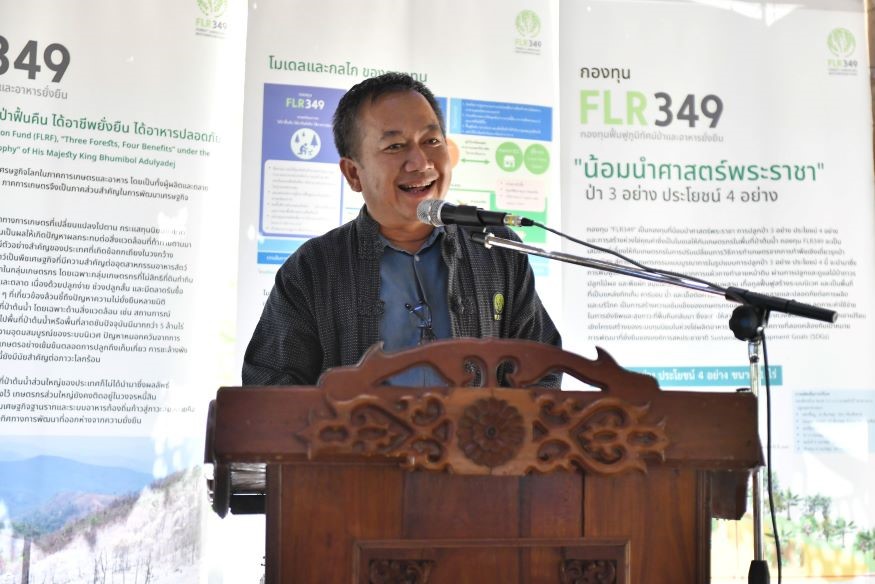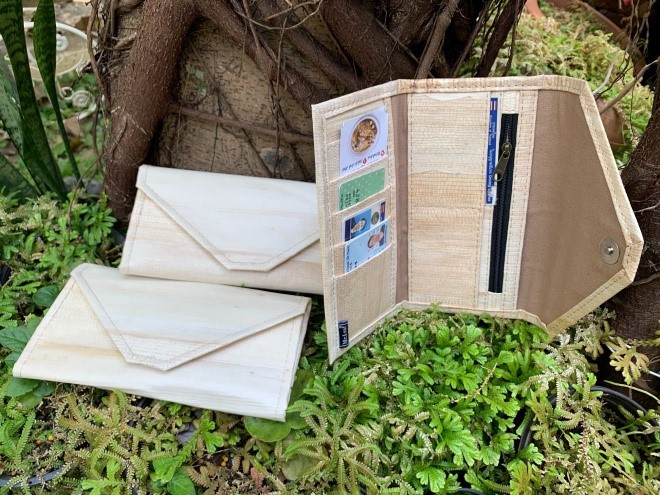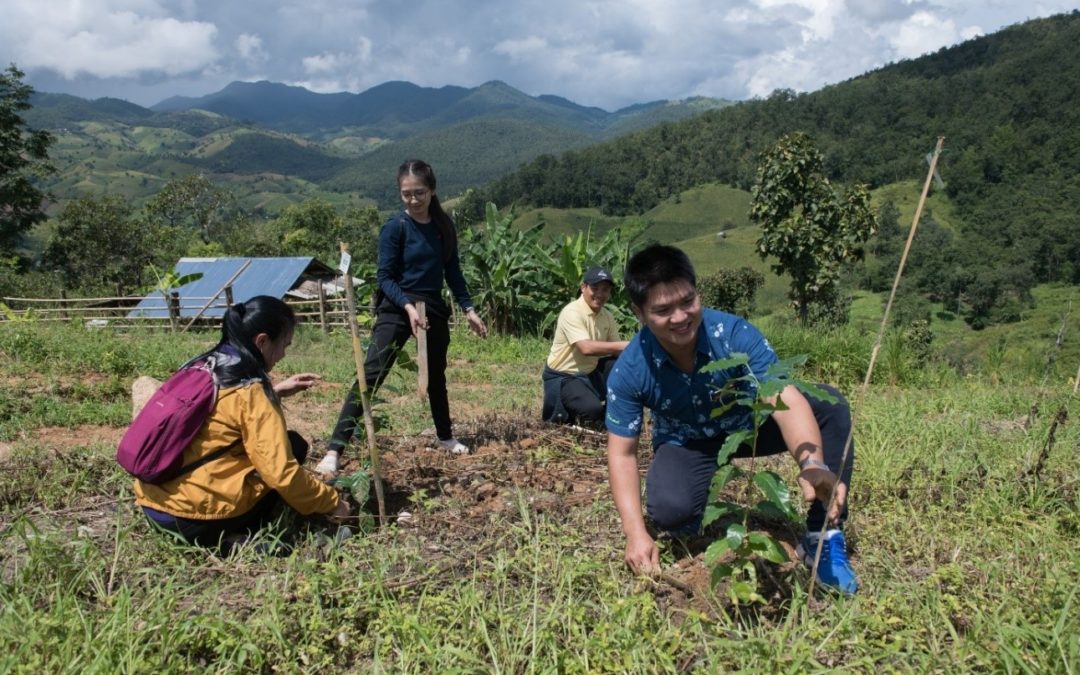Tree planting activity in Mae Khi Muk village, Mae Chaem District, Chiang Mai Province, © WWF Thailand
On 11 October 2019, the project forwarded its Forest Landscape Restoration 349 model (see our article on FLR349 fund) in Mae Khi Muk village with around 100 people planting different types of trees such as perennials, cacao and banana. Representatives volunteering to plant the trees came from different sectors, including the Royal Forest Department, local administration offices, financial institutions, academics, organic agriculture networks, the private sector, and smallholders.

Rattapat Srichanklad, FLR349 Fund Secretary invited all sectors to help achieve the goal of reforesting 50,000 rai in 10 years, stating: “At the pilot areas in Chiang Mai and Nan we have already planted 83,500 trees of 17 different species. The three types of trees, which are trees for use at home, trees for edible products, and trees for commercial timber provide the four benefits of shelter, resources, food, as well as the restoration and conservation of the environment and ecosystems – together this provides a model for reforestation.“ © WWF Thailand
The project wants to halt chemical-intensive maize farming in monoculture, stop field burning, restore watershed areas and encourage agroecological practices – all this to mitigate climate change and to improve food security and quality of life for smallholders. The project trains the farmers on how to grow perennial trees, fruit trees, vegetables and herbs in a mixed agroforestry system that is sustainable and replenishes the soil. If done properly these plantations can function as carbon sinks and water reservoirs, enabling the production of diverse and safe food. The project also strives to develop sustainable food chains and traceability measures.
Activities at that day – in addition to the plating of the trees – included progress reporting, setting of joint objectives and goals, and talks on organic agriculture and forest landscape restoration.

The agroforestry model that is promoted at the project sites also includes alternative means of economic activities for local smallholders. One example for this are banana fibers, which are usually thrown away as waste, but can be used to produce sustainable fashion. This unique eco-friendly material can be spun and braided into intricate patterns which are then sewn together, to be used for producing hats, bags, hairpins and other items. © LEAF CREATION CO.,LTD
More information about the FLR349 Fund.

